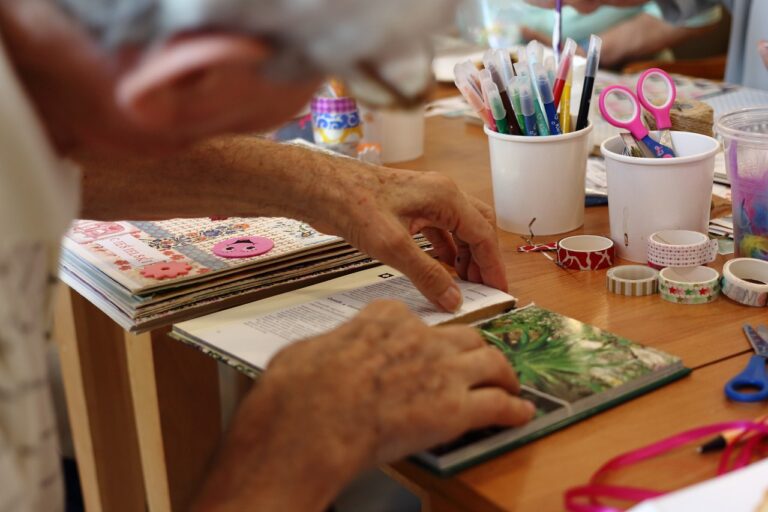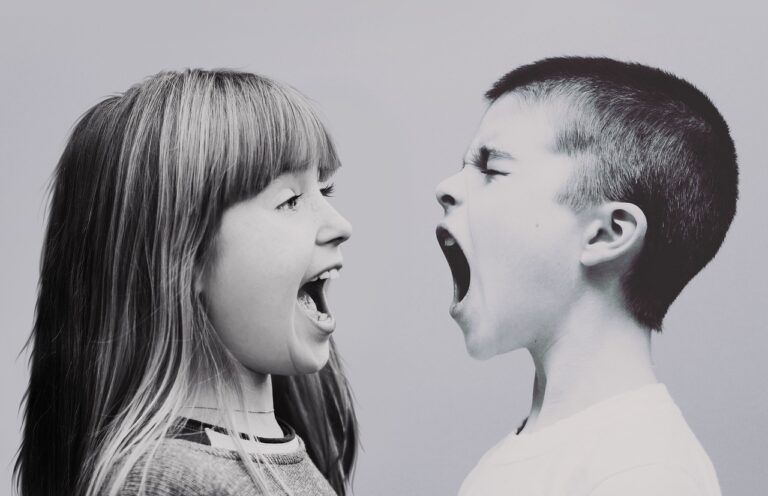Exploring Culturally Responsive Physical Education Programs
Culturally responsive physical education programs are crucial in creating an inclusive and supportive environment for all students. By incorporating aspects of students’ diverse cultural backgrounds into the curriculum, these programs can help bridge the gap between students of different ethnicities and promote a sense of belonging and acceptance. This not only enhances students’ overall learning experiences but also fosters a deeper appreciation for diversity and cultural understanding among peers.
Furthermore, culturally responsive physical education programs can help address barriers that some students may face in traditional physical education settings. By acknowledging and valuing students’ unique cultural perspectives, these programs can better cater to individual needs and learning styles, ultimately leading to increased engagement and participation. In doing so, students are more likely to feel empowered and motivated to actively participate in physical education, promoting not only physical health but also emotional well-being.
Understanding the Impact of Cultural Background on Physical Education
A student’s cultural background can significantly influence their experiences and engagement in physical education classes. It is essential for educators to recognize and respect the diversity of cultural backgrounds among their students to create an inclusive learning environment. Students from different cultural backgrounds may have varying beliefs, values, and norms related to physical activity, which can impact their attitudes and motivations towards participating in physical education.
Cultural background can also play a role in shaping students’ perceptions of physical education curriculum and activities. For example, certain sports or exercises that are common in one culture may be unfamiliar or unappealing to students from other cultural backgrounds. By incorporating elements of students’ cultural backgrounds into the physical education curriculum, educators can enhance students’ sense of belonging and increase their overall enjoyment and participation in class.
Key Components of Culturally Responsive Physical Education Programs
In order to foster inclusivity and engagement in physical education, it is imperative for programs to incorporate culturally responsive practices. One key component of culturally responsive physical education programs is the recognition and celebration of students’ diverse backgrounds and experiences. This involves incorporating culturally relevant activities, sports, and examples that resonate with the students’ heritage and identity.
Another essential component is the incorporation of inclusive teaching strategies that cater to diverse learning styles and preferences. This can involve utilizing a variety of teaching methods, such as visual, auditory, and kinesthetic approaches, to ensure that all students feel supported and engaged in their physical education journey. Additionally, providing opportunities for students to share their own cultural practices and perspectives can enhance their sense of belonging and connection to the curriculum.
• Recognizing and celebrating students’ diverse backgrounds and experiences
• Incorporating culturally relevant activities, sports, and examples
• Incorporating inclusive teaching strategies catering to diverse learning styles
• Utilizing visual, auditory, and kinesthetic approaches in teaching methods
• Providing opportunities for students to share their own cultural practices and perspectives
Why are culturally responsive physical education programs important?
Culturally responsive physical education programs are important because they recognize and respect the diverse cultural backgrounds of students. This helps to create an inclusive and welcoming environment where all students can feel valued and motivated to participate in physical activities.
How does cultural background impact physical education?
A student’s cultural background can impact their attitudes, beliefs, and values towards physical education. For example, some cultures may prioritize individual performance over teamwork, while others may have specific dietary restrictions that need to be taken into consideration during physical activities.
What are the key components of culturally responsive physical education programs?
The key components of culturally responsive physical education programs include creating a culturally inclusive curriculum, acknowledging and incorporating students’ cultural backgrounds into the lesson plans, providing opportunities for students to share their cultural experiences, and promoting respect and understanding among students of different cultural backgrounds.







